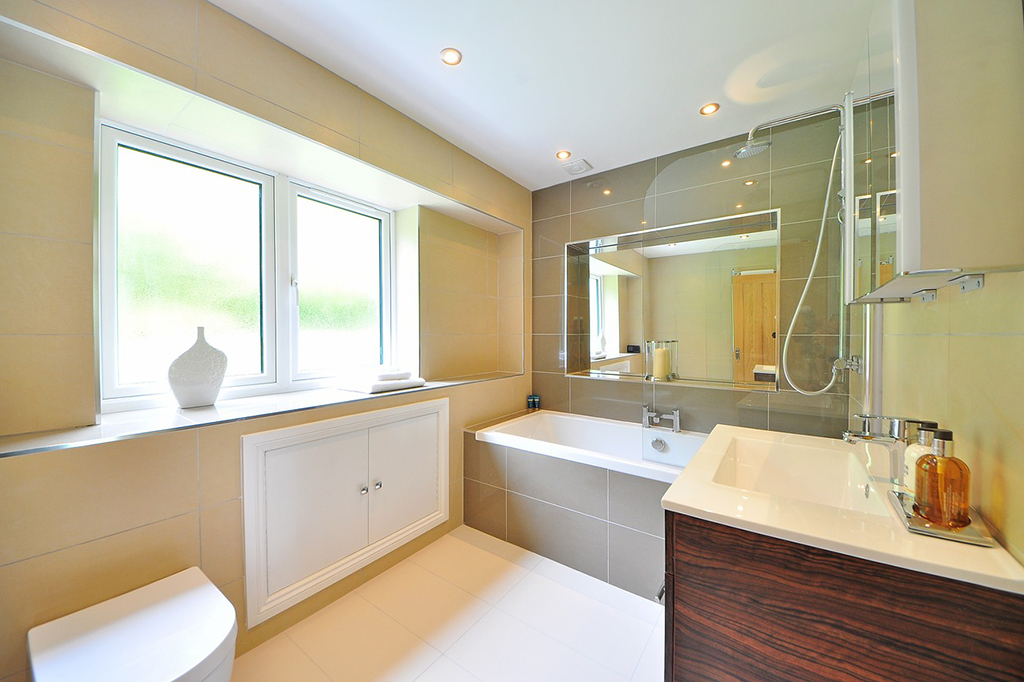

Although the bathtub has been widely used for centuries, it now seems to be experiencing a real decline. The first bathtub dates back to 1700 BC and even Homer in his poems mentioned baths used for immersion. Then came the shower, which, however, was not associated with the hygiene of the body but rather with the purification of the soul, until Dr. Merry Delabost in 1872, invented the shower we know today, with the aim of guaranteeing better hygiene to the inmates of the prison where he worked as a doctor.
Only later did it spread to homes, reducing water expenditure, decreasing infectious diseases and increasing hygiene. The evolution of the shower has made it possible to create increasingly sophisticated sanitary ware, focused on people’s well-being and today it is seen as a place to relax after a stressful day and for this reason the online sale of shower enclosures has experienced a significant increase.
Shower cubicle or shower cubicle
Most people don’t know the difference between shower enclosures and shower enclosures, as they are often confused even though they are different types. A shower cubicle is a space inside the bathroom, bordered by walls that can be made of plastic, crystal or even masonry and is open at the top.
This is certainly the most widely used type, due to its ease of construction and cost-effectiveness. The shower enclosure leans against one or more walls and the pipes will pass through one of these and there will be the connection of the taps.
The shower enclosure , on the other hand, is a real compartment, which is installed inside the bathroom and is also closed at the top. It has its own shower tray and an equipped column where the taps and controls relating to all the options present are located.
The presence of the upper cover isolates it from the rest of the bathroom, thus offering some wellness solutions such as whirlpool, sauna, Turkish bath, chromotherapy and temperature control systems.
A complete shower enclosure , while not allowing the installation of all these options, offers numerous advantages such as a much easier and cheaper installation, a more flexible adaptability to bathrooms, easy maintenance in replacing taps and shower heads.
Shower hygiene, which products to use
The main enemies of showers are humidity and limescale, but there are “best practices” to minimize them, such as always drying the walls of the shower after use, in order to limit the formation of limescale stains and ventilate the bathroom often, so as to reduce the possibility of mold formation.
For cleaning the shower, it is also possible to choose natural products, less expensive and generally present in the home, such as vinegar and baking soda. White vinegar is an excellent sanitizer, degreaser, neutralizes odors and is also a good limescale remover and just use it in a solution with warm water.
Baking soda is also an excellent sanitizer, anti-odor, and can be used in the form of a paste created with water, which can also be applied on floor joints. Used together with hot water, vinegar and bicarbonate, they generate a chemical reaction, the vapors of which, however, must be careful and which can also be used to gush out drains that are not particularly clogged.
TID nasce con un grande obiettivo: creare un network in grado di far circolare le idee più giovani e creative nell’attuale panorama del design rendendo così più efficace e semplice l’incontro tra domanda e offerta. Giovani designer e architetti possono caricare online i propri lavori, a fianco di quelli dei professionisti già affermati, creando una proposta unica nel panorama mondiale: un’infinità di idee, spunti, proposte che ti aiuteranno ad arredare casa, ufficio, locali, seguendo le idee più attuali e interessanti.